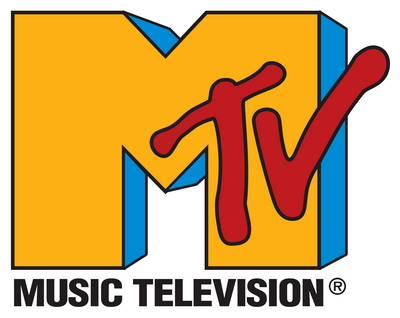
As you may know, I worked at MTV for years, starting even before the channel launched in 1981. Here are some of the details.

MTV On-Air Promotion
The original MTV On-Air Promotion department known as Program Services was responsible for the creation of the channel’s look and editorial tone, starting with the launch in 1981 through 1985. MTV Program Services was arguably the world’s biggest Video Art project.
The intent of the on-air identity was to speak directly to the audience using and subverting the vocabulary of advertising and promotion with the desired effect of having the audience question the voice of authority of television. This had an indelible impact on the form and influenced on-air communications to the present.
Headed by Marcy Brafman, the team consisted of creative producers and copywriters. Producers included Richard Schenkman, Marc Chusid, Peter Dougherty, Jon Payson, Mark Pellington, Peter Lauer, Paul Schiff, Pam Thomas. The creative management team included Nina Silvestri, JoAnn Patafio, Eleo Kaemmerer Hensleigh, Claire Joseph and Lisa Harbach Setos. Copywriters comprised Judith McGrath, Jay Dorfman, Charles M. Young, David Felton, Christopher Hemphill, Glenn Eichler, Fred Graver and David Burd, who also voiced the “I Want My MTV” commercials.
Outside animation studios consisted of Colossal Pictures (Drew Takahashi), Broadcast Arts, Jerry Lieberman, Eli Noyes, and Olive Jar, among others.
The team generated thousands of promotional spots and animated station ID’s including ones for contests, world premiere videos, Friday night video fights. Among them: John Cougar Mellencamp Pink Houses, Hey You Don’t Watch That Watch This, Lost Weekend with Van Halen, MTV ArtBreaks, PacMan’s Search for Identity, PacMan News on the Munch, MTV Outer Limits, Hi I’m Mark Goodman’s Sock, and MTV Half the Picture.
Working with a system of marketing points or “promises” such as the World’s First Video Music Channel, In Stereo, Your Music, The Channel You’ve Been Waiting For, the promotions were designed to build the MTV brand, a relatively new approach to television. The initial promos were simple but revolutionary in that they were produced as radio spots with the track first and the picture edited to track.
Video artist Marcy Brafman had a relationship with NASA media lead Tom Jaqua who had worked with her on placing Saturn Images on Manhattan Cable Channel Q. Fred Seibert brought on Brafman (now a painter in NYC) to work on the fledgling channel and suggested not only to acquire NASA footage (hence the moon-landing Astronaut) but also to tap into the National Archives Grinberg Library of stock footage mostly from film newsreels and shorts from the 1930s and 40’s. The juxtaposition of the old stock footage and rock ‘n’ roll with bold graphics became a vernacular form.
Seibert and Brafman felt that the moon landing was a singular event in television history and linked that to the impact of MTV.